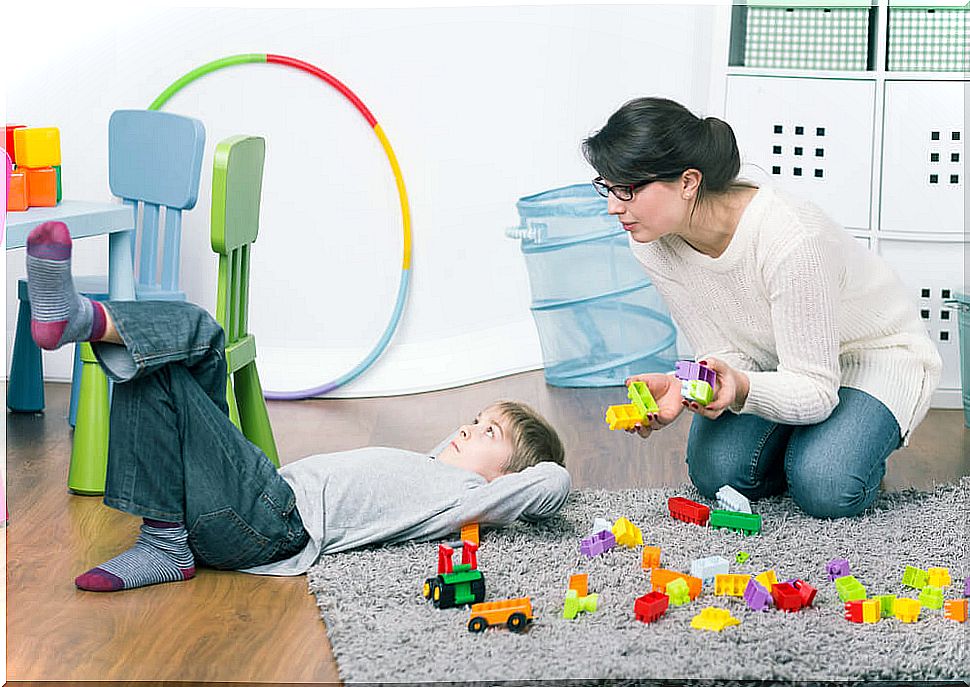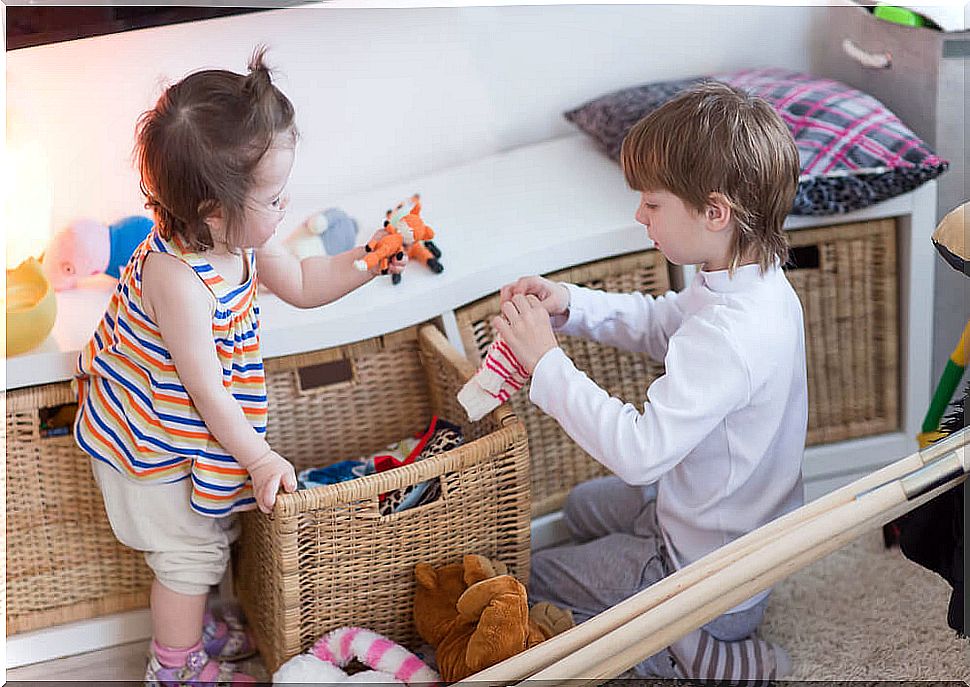Shaping And Chaining To Teach Skills

As parents, we are in charge of helping our children acquire new skills. We are their life mentors and it is in our power to facilitate the task of learning to talk, to walk, to brush their teeth or to dress themselves. Shaping and chaining are two very simple and effective techniques to achieve this purpose.
Both are reinforcement-based operant techniques that help children master a skill or behavior progressively. Due to their ease of application, they can be used at home when no professional intervention is required.
Shaping and chaining: two operant techniques
Both shaping and chaining fall within the operant approach to behavior modification. It is based on the premise that our actions are influenced by the consequences that follow. Thus, if a behavior is rewarded (or reinforced), its frequency will naturally increase. Similarly, if it is punished or ignored, it will reduce its appearance.

On this basis, both techniques use reinforcement and extinction to shape children’s behavior in a positive way. They can be used to introduce new behaviors or to modify previously existing ones. However, molding and chaining have a few different specifications to consider.
Molding
Shaping is used to establish, progressively, simple and unitary behaviors. For example, to teach the child to pronounce a word or to cut out with scissors. For this, the method of successive approximations is used, which consists of reinforcing behaviors increasingly similar to the final act.
Thus, it is necessary, first of all, to define the objective; for example, that the infant learns to pronounce the word ‘doll’. Next, we must know the baseline from which we start, that is, a behavior that already exists in the child’s repertoire and, from which, we can work. In this case, it could be that the child says ‘echo’ every time he asks for his doll.
From this point on, we will have to reinforce pronunciations that are closer and closer to the final objective. Thus, at the beginning it will be convenient to reinforce ‘echo’, so that the child feels motivated to continue asking for his doll with words. However, later on, the requirement has to go up, so we will stop reinforcing ‘echo’ and we will try to get the child to emit a more similar pronunciation.
If, for example, we get it to say ‘nuneco’, this will be the new approach to reward, and we will stop reinforcing the previous step ‘eco’. Thus, through our attention and praise, we will lead the child to a more accurate pronunciation until we achieve the complete word.

Chaining
Chaining is used to link simple behaviors so that a sequence is formed. This is what we want to achieve, for example, when we want the child to learn to brush their teeth. Doing it properly requires performing a series of actions, one after the other.
In forward chaining, the child is taught the first step of the process, for example, putting the toothpaste on the brush, and this action is rewarded, with the adult performing the rest of the sequence. Steps are progressively added, such as rubbing the upper teeth, the lower teeth, the molars, rinsing…, and only the last extension of the sequence is reinforced. If the child has already acquired the steps to rub the teeth, it would not make sense to reinforce the mere fact that he puts the paste on the brush.
Another variant of this technique is backward chaining, in which the sequence begins at the end and previous steps are added. For example, if we want the child to clean up the room after playing, we can keep all his toys except one. We will let him be the one to keep the last and we will reward his conduct.
The next day the child will put away two toys, the next three, like this, until he sets up the room by himself. The favorable point of this option is that the child begins to learn from steps closer to completion, that is, to success. This can increase your motivation from day one.
In short, both are simple and easy techniques to apply at home. They are a very favorable alternative to help the child to acquire new skills from a positive and reinforcing approach.









